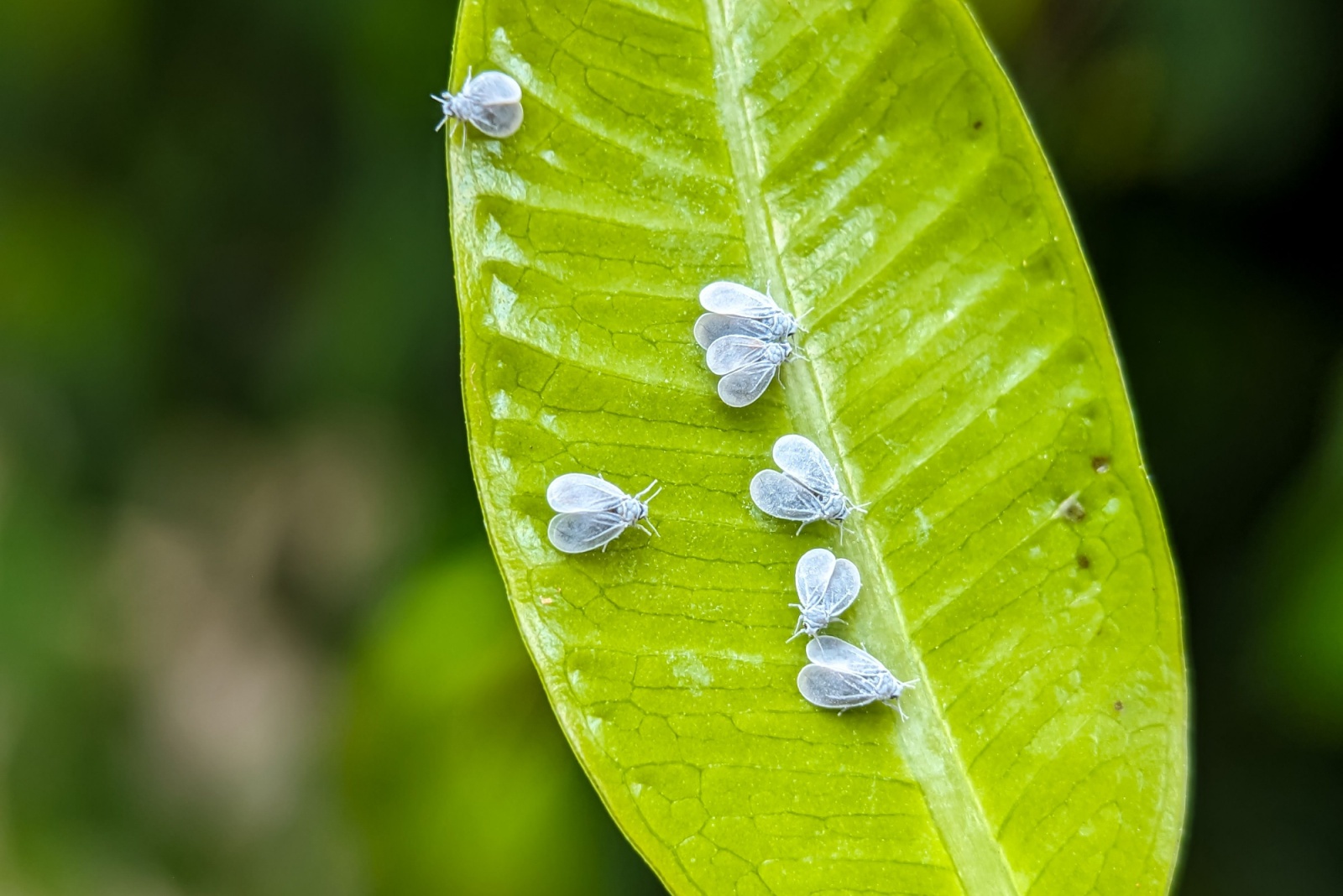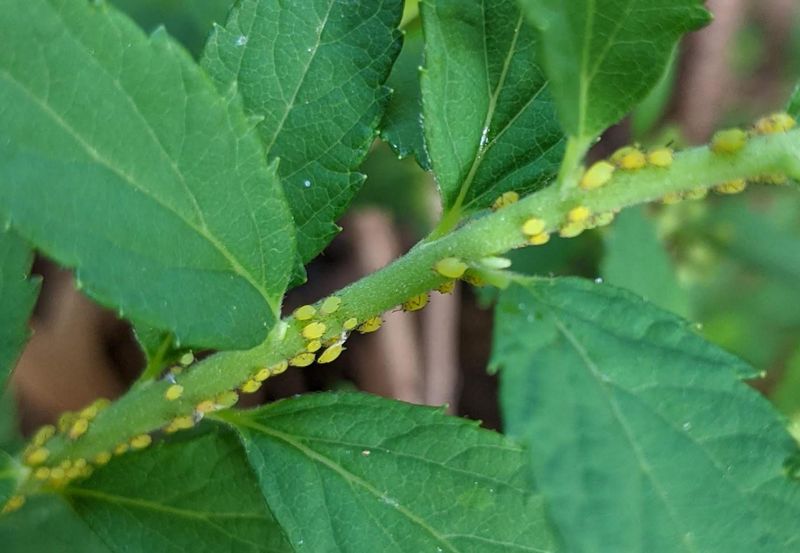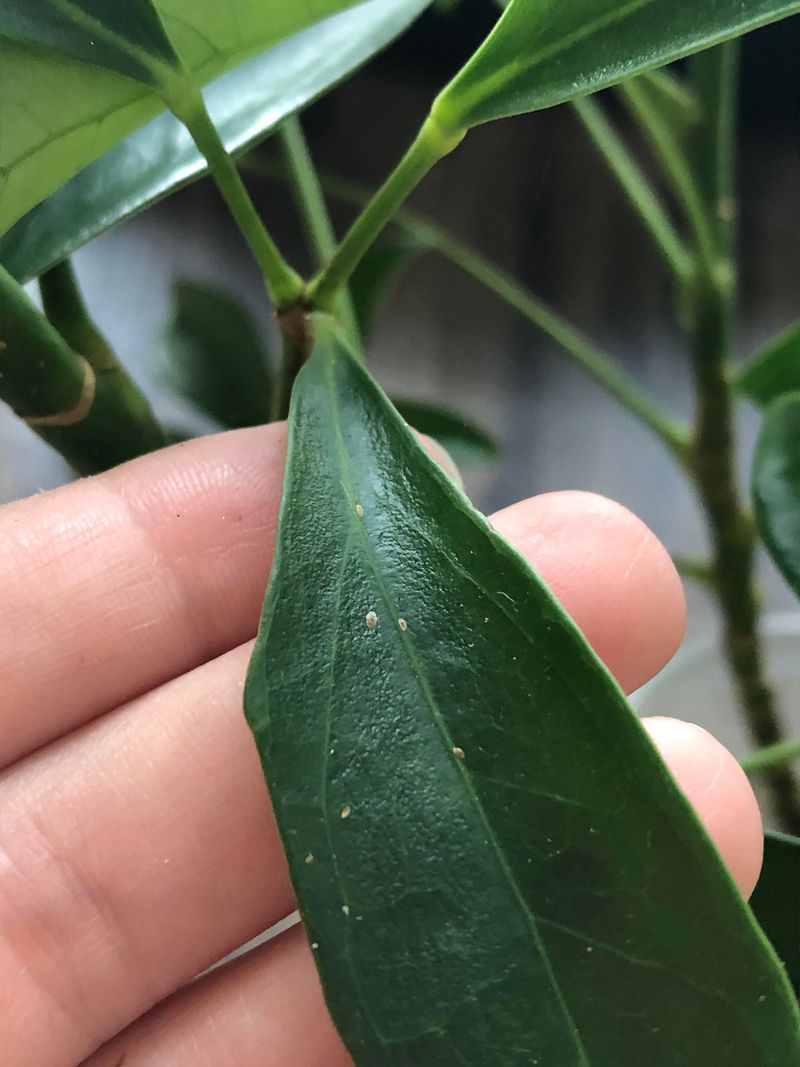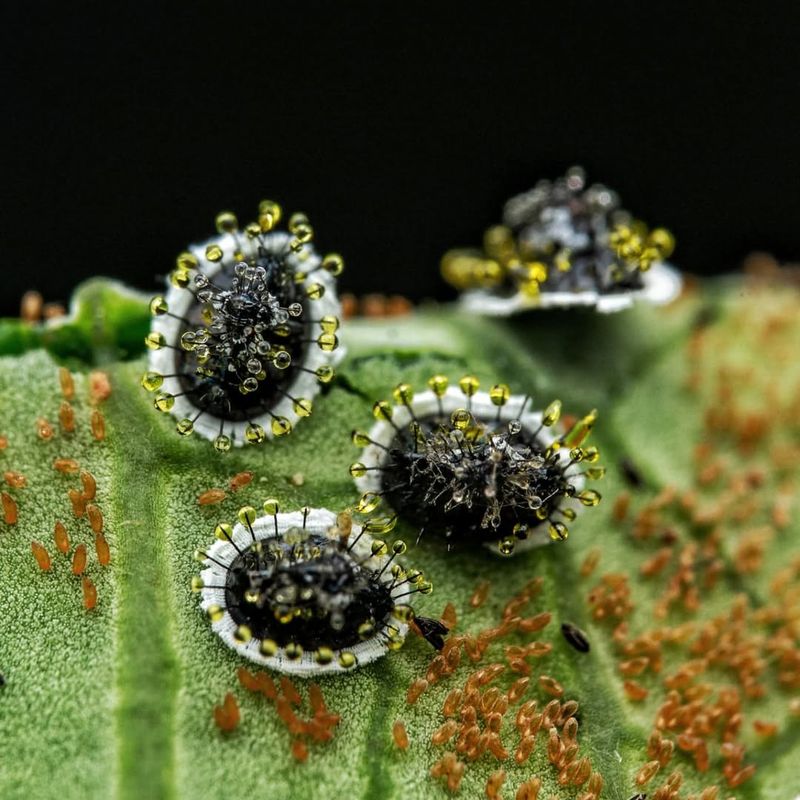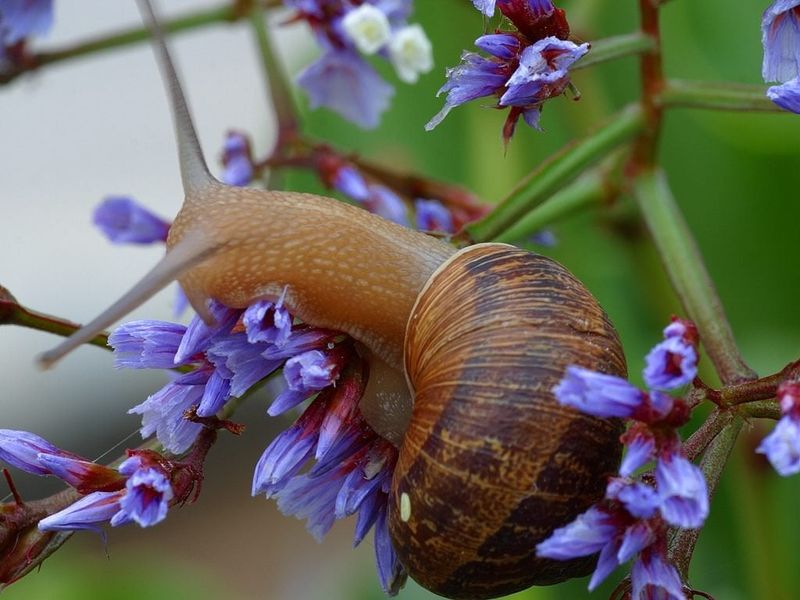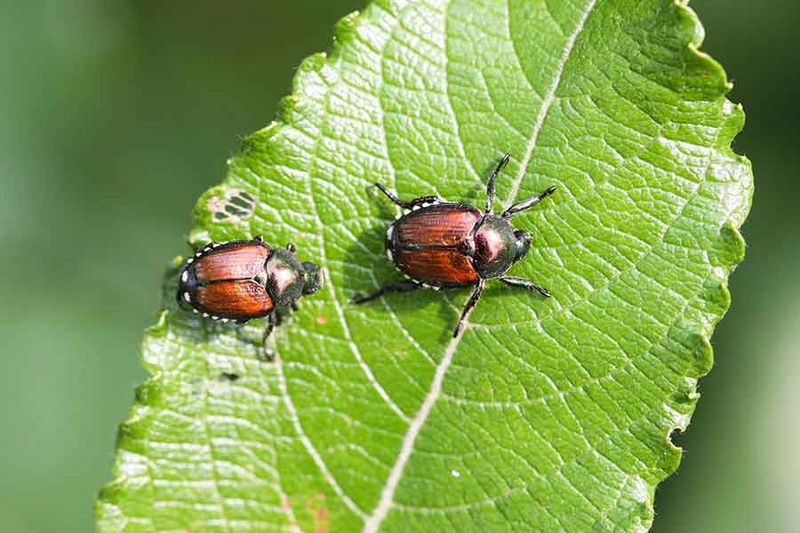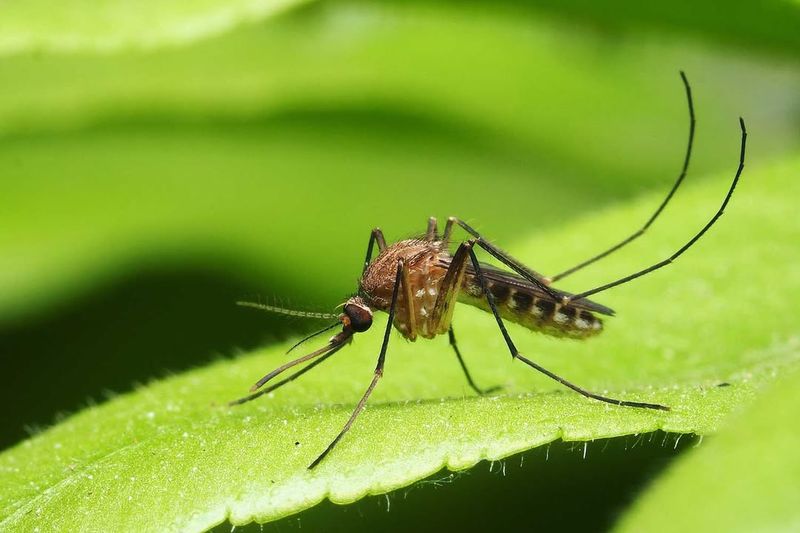Warm days rolling through Virginia can feel like a gift wrapped in sunshine, but that surprise comes with a hitch for anyone tending a backyard oasis.
When the cold takes its sweet time settling in, tiny critters seize the moment, stirring sooner than expected and poking holes—literally and figuratively—into carefully planned landscapes.
As the season plays tricks, Virginia homeowners may find that staying one step ahead of these uninvited guests becomes a game of cat and mouse.
Aphids Continue Multiplying
Mild temperatures in Virginia allow aphids to keep reproducing when they should be hibernating.
Colonies grow larger and spread to more plants throughout your yard.
Watch roses, vegetables, and ornamental shrubs carefully for these tiny sap-suckers.
They cluster on new growth and underneath leaves, draining plant energy.
Spray infested plants with insecticidal soap or strong water jets.
Regular monitoring prevents populations from exploding before spring arrives.
Spider Mites Thrive In Warmth
Hot, dry conditions create perfect breeding grounds for spider mites even in winter months.
You might notice fine webbing between leaves or yellow speckled damage appearing on evergreens and shrubs.
Indoor plants brought outside during warm spells become especially vulnerable to attacks.
Mites reproduce incredibly fast when temperatures stay above freezing consistently.
Increase humidity around plants and use miticide sprays if needed for heavy infestations.
Scale Insects Stay Active
Scale insects look like tiny bumps stuck to branches and stems but remain actively feeding during unseasonable warmth.
Their protective shells make them harder to destroy than other pests.
Check fruit trees, hollies, and boxwoods for these stationary feeders.
Heavy infestations weaken plants and cause leaf yellowing or branch dieback over time.
Apply horticultural oil during dormant periods to smother scale populations before spring growth begins again.
Whiteflies Refuse To Perish
Normally destroyed by frost, whiteflies survive mild winters and continue damaging plants.
Clouds of tiny white insects fly up when you brush against infested foliage, settling back down quickly.
Vegetables like kale, cabbage, and tomatoes attract these persistent pests.
They excrete sticky honeydew that promotes black sooty mold growth on leaves below.
Yellow sticky traps catch adults while insecticidal soap controls nymphs feeding underneath leaves effectively.
Slugs And Snails Keep Eating
Cold Virginia weather usually slows these slimy pests down, but warmth keeps them actively munching through December nights.
You will find irregular holes chewed in lettuce, hostas, and other tender plants around your garden beds.
Silvery slime trails reveal their nighttime travels across patios and plant leaves.
Damp conditions combined with mild temperatures create ideal slug and snail habitat unfortunately.
Set beer traps or use iron phosphate baits around vulnerable plants for control.
Japanese Beetles Emerge Early
Warm soil temperatures confuse beetle grubs underground, causing some adults to emerge weeks earlier than normal.
Roses, grapes, and fruit trees become targets for their voracious appetites right when you least expect attacks.
Adults skeletonize leaves rapidly, leaving only veins behind in their feeding frenzy.
Early emergence disrupts their natural lifecycle and makes control more challenging for Virginia homeowners.
Handpick beetles into soapy water or apply neem oil to protect valuable ornamental plants from damage.
Mosquitoes Refuse To Leave
December mosquitoes buzzing around your patio seem wrong because they usually disappear after frost arrives.
Warm temperatures keep them breeding in any standing water they find, from bird baths to clogged gutters.
Adult females continue seeking blood meals to produce eggs throughout mild winter periods.
Rain barrels, plant saucers, and puddles become nurseries for new generations of these annoying biters.
Empty containers weekly and use mosquito dunks in water features you cannot drain completely.
Stink Bugs Seek Indoor Shelter
Fluctuating temperatures confuse stink bugs about when to hibernate, causing them to invade homes repeatedly during warm spells.
They cluster on sunny exterior walls before sneaking inside through tiny cracks and gaps around windows.
Once indoors, these shield-shaped pests hide in attics, wall voids, and curtains until spring.
Their defensive odor becomes unpleasant when accidentally crushed during removal attempts.
Seal entry points with caulk and vacuum up indoor invaders without squishing them to avoid smells.

